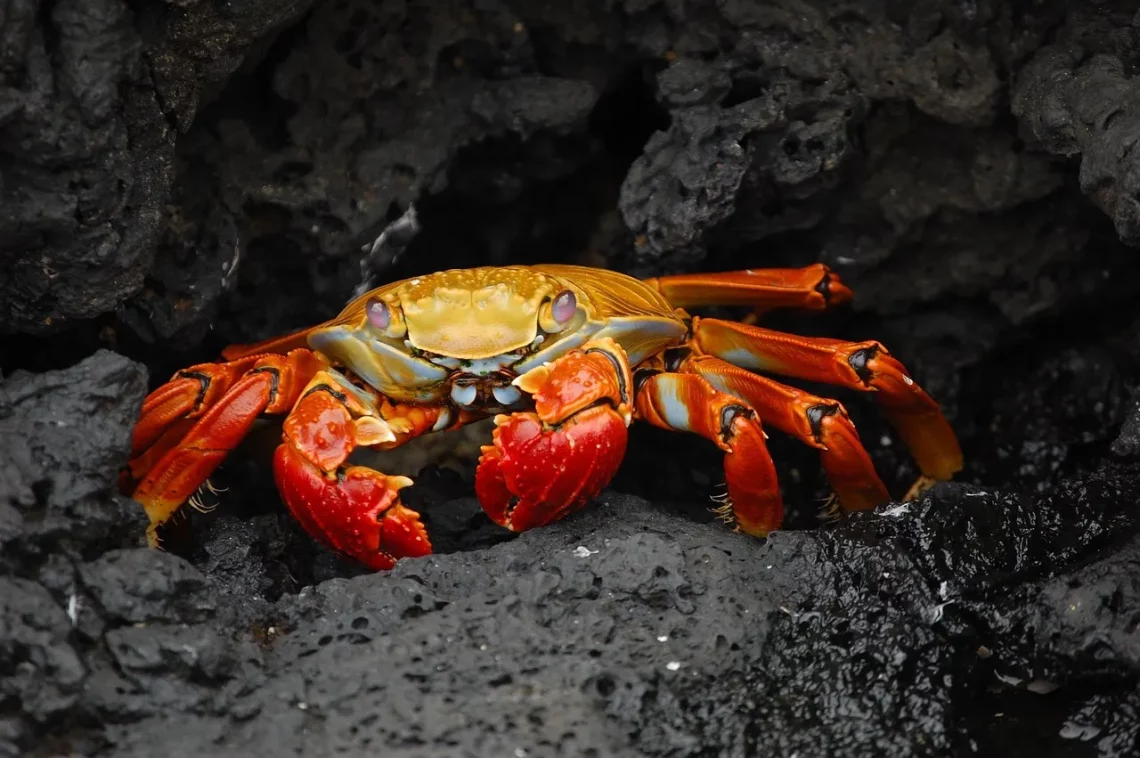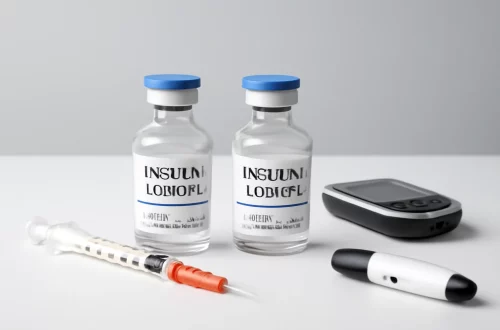
Essential Hermit Crab Stuff for Happy and Healthy Pets
Hermit crabs are fascinating little creatures that have captured the hearts of pet enthusiasts around the world. Known for their quirky behaviors and unique habitats, these crustaceans offer a delightful glimpse into the underwater world. Unlike traditional pets, hermit crabs require a specific environment and care routine to thrive. Their well-being largely depends on the materials and resources provided to them, making it essential for owners to understand what their pets need for a happy and healthy life.
As with any pet, the right habitat, diet, and accessories can significantly impact your hermit crab’s quality of life. From appropriate housing and substrate to the right food and enrichment activities, each element plays a vital role in ensuring your hermit crab lives a fulfilling life. Understanding the needs of these animals allows owners to create an environment that mirrors their natural habitat, promoting not only physical health but also behavioral well-being. With the right supplies and a dedicated approach to their care, hermit crabs can thrive, bringing joy and fascination into your home.
Creating the Ideal Habitat for Your Hermit Crab
The habitat you provide for your hermit crab is crucial for its overall health and happiness. A well-designed enclosure mimics the natural environment these creatures thrive in, allowing them to exhibit natural behaviors. A glass aquarium or terrarium is generally the best choice, as it provides visibility and adequate space for your crabs to explore.
Start by selecting an appropriate size for your tank. A 10-gallon aquarium can house a couple of hermit crabs comfortably, but larger tanks are better for multiple crabs to prevent overcrowding. It’s essential to ensure that the tank has a secure lid, as hermit crabs are known to be escape artists.
The substrate is another critical element of your crab’s habitat. A mixture of sand and coconut fiber is an excellent choice, providing a natural feel and allowing for burrowing. The substrate should be deep enough to let your crabs dig and explore, ideally around 3-6 inches. Regularly check and replace the substrate to maintain cleanliness and hygiene.
Temperature and humidity levels are also vital. Hermit crabs thrive in environments with a temperature range of 75-85°F and humidity levels between 70-80%. Use a reliable thermometer and hygrometer to monitor these conditions, and consider using heating pads or misting to maintain the proper environment.
Adding decorations like rocks, driftwood, and hiding spots can enhance your hermit crab’s habitat. These elements not only provide shelter and climbing opportunities but also encourage exploration and play. Remember to avoid sharp objects that could injure your pets.
In summary, creating an ideal habitat involves careful planning and attention to detail. By providing a suitable tank size, appropriate substrate, and enriching decorations, you can establish a thriving environment that supports your hermit crab’s natural behaviors and ensures their health and wellbeing.
Essential Diet for Happy Hermit Crabs
Feeding your hermit crab a balanced and varied diet is crucial for its growth and overall health. These omnivorous creatures require a mix of plant-based and protein sources to meet their nutritional needs. A well-rounded diet can help prevent health issues and promote longevity.
Commercial hermit crab food is a convenient option, often enriched with essential vitamins and minerals. However, it should not be the sole component of their diet. Fresh fruits and vegetables are vital for providing natural nutrients. Consider offering foods like apples, carrots, spinach, and mango. Always wash produce thoroughly to remove any pesticides and cut them into small, manageable pieces.
In addition to fruits and vegetables, hermit crabs benefit from protein sources. Cooked chicken, fish, or shrimp can be offered occasionally to provide essential amino acids. Ensure that any meat is unseasoned and cut into tiny pieces to facilitate easy consumption.
Calcium is another critical nutrient for hermit crabs, as it supports shell health and growth. Providing crushed eggshells or cuttlebone in their diet can supply the necessary calcium. Some owners also use commercial calcium supplements specifically designed for hermit crabs.
It’s essential to monitor food intake and remove any uneaten food after a few hours to prevent mold and bacteria growth. Fresh, clean water is also vital for hydration, and you should provide both fresh and saltwater sources. Ensure that the saltwater is made with marine salt and not table salt, as the latter can be harmful to your hermit crab.
In conclusion, a varied diet rich in fruits, vegetables, proteins, and calcium can greatly enhance your hermit crab’s health. By offering a balanced range of foods, you can ensure that your pet receives the necessary nutrients for a happy, active life.
Enrichment and Socialization for Your Hermit Crab
Enrichment is a vital aspect of hermit crab care that often goes overlooked. Hermit crabs are intelligent and curious creatures that thrive in stimulating environments. Providing enrichment not only enhances their physical health but also promotes mental well-being.
One way to enrich your hermit crab’s environment is by adding climbing structures and hiding spots. Items like coconut huts, rocks, and branches can create a stimulating landscape for exploration. These structures encourage natural behaviors such as climbing, hiding, and foraging, which are essential for a healthy lifestyle.
Interactive toys can also provide mental stimulation. Commercially available hermit crab toys are designed to engage your pet’s curiosity. Simple items like cardboard boxes or paper towel rolls can serve as tunnels and hiding spots, encouraging exploration and play.
Socialization is another important aspect to consider. Hermit crabs are social animals and often thrive when housed with companions. However, it’s crucial to introduce new crabs gradually to avoid territorial disputes. Monitoring their interactions can help ensure a peaceful coexistence.
Regular handling can also be beneficial, as it allows your hermit crabs to become accustomed to human interaction. Always be gentle and ensure your hands are clean and free of scents, as hermit crabs can be sensitive to oils and chemicals. Allow them to explore your hands in a safe space, ensuring they don’t fall or become stressed.
In summary, providing enrichment through climbing structures, interactive toys, and socialization can greatly improve your hermit crab’s quality of life. By creating a stimulating environment and engaging with your pets, you foster a fulfilling atmosphere that supports their natural behaviors and overall happiness.
Maintaining Health and Well-Being
Maintaining your hermit crab’s health is essential for a long and happy life. Regular monitoring of their physical condition can help you identify any potential health issues early on. Observing their behavior, activity levels, and shell condition provides insight into their overall well-being.
A healthy hermit crab is active and curious, often exploring its habitat. If you notice lethargy or lack of interest in food, it may signal an underlying health issue. Changes in shell condition can also indicate problems; ensure that your crabs have access to various shell sizes to encourage shell changes as they grow.
Regular tank maintenance is vital for preventing health issues. Clean the substrate and decorations regularly to reduce the buildup of harmful bacteria. Change the water frequently and ensure that food is removed promptly to avoid contamination.
If you suspect your hermit crab is unwell, consulting a veterinarian with experience in exotic pets is crucial. They can provide guidance and treatment options tailored to your pet’s specific needs.
Additionally, ensure your hermit crabs have access to a safe environment free from toxins. Avoid using chemical cleaners in the vicinity of the tank and ensure that any decorations or substrates used are safe for aquatic life.
In conclusion, maintaining your hermit crab’s health involves regular monitoring, proper habitat maintenance, and consulting with professionals when necessary. By fostering a clean and safe environment, you can significantly enhance your hermit crab’s quality of life and longevity.
**Disclaimer:** This article is not intended as medical advice. If you have concerns about your hermit crab’s health, please consult a veterinarian for professional guidance.




